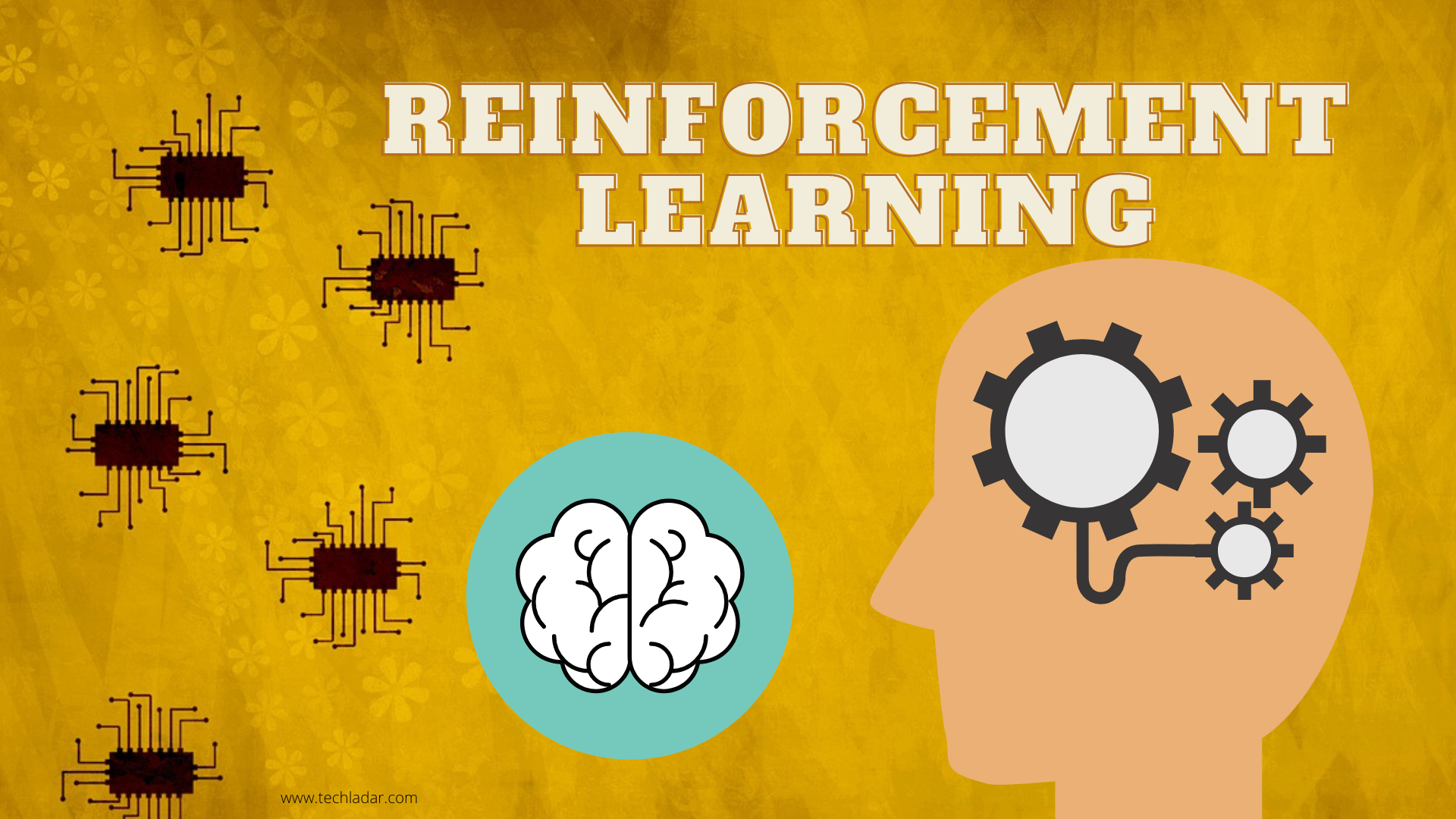Reinforcement Learning: When Machines Learn To Think
Google invests in a wide variety of areas and projects, especially when it comes to cutting-edge technology. Especially in the field of artificial intelligence (AI), the technology services group has been invigorated through the deep mind project.
The project is to advance the development of programs using artificial intelligence so that complex problems can be solved without human intervention in the future. Reinforcement learning plays an essential role here as it helps develop AI.

What is reinforcement learning?
Literally translated reinforcement learning means “reinforcement learning”. This term describes how it is used in the field of machine learning.
Along with supervised and unsupervised learning, reinforcement learning is a third possibility for algorithms to make their own decisions. This method focuses on developing intelligent solutions for solving complex management problems.
Unlike supervised and unsupervised learning, this machine learning method does not require any data for conditioning. For the other two methods, data is fed to the program first. This step has been completely removed from reinforcement learning. Instead,
the data is generated during a trial-and-error procedure during training and is labeled. The program then goes through several training cycles in a simulated environment to provide sufficiently accurate results. Instead of confronting the system for the correct results during training (as in supervised learning), you only define the impulses to help the system.
The purpose of this training is to enable artificial intelligence to solve very complex management problems without human prior knowledge. Compared to traditional engineering, this method is faster, more efficient, and ideally gives the best results you can expect.
In this context, reinforcement learning tests are often game-based. Video games provide an ideal basis for exploring and understanding reinforcement learning. Typically there is a simulation environment, a variety of controllability and impact on the environment.
On the other hand, games often involve problems or a series of complex tasks that must be progressed as the game progresses. Most games also adopt a point system that is very close to the reinforcement learning reward system.
Leading researchers in the field of artificial intelligence see reinforcement learning as a very promising way to achieve strong artificial intelligence. So,
one can imagine that one-day machines will be able to make rational decisions on their own like humans and solve all tasks successfully. Machines can observe, learn, and solve problems independently.
How does reinforcement learning work?
Reinforcement learning refers to the many discrete ways an algorithm or software agent learns a strategy autonomously. The goal is to maximize the rewards within the simulation environment where the computer performs the task and then receives feedback.
The software agent does not first receive information about the most promising actions, only the method has to be determined as part of the trial and error process.
At other times, the computer is rewarded to influence the strategy. With these events, the software agent learns to evaluate the outcome of a specific task within the simulation environment. All of this forms the basis of your software agent and helps you develop a sustainable strategy while maximizing rewards.
